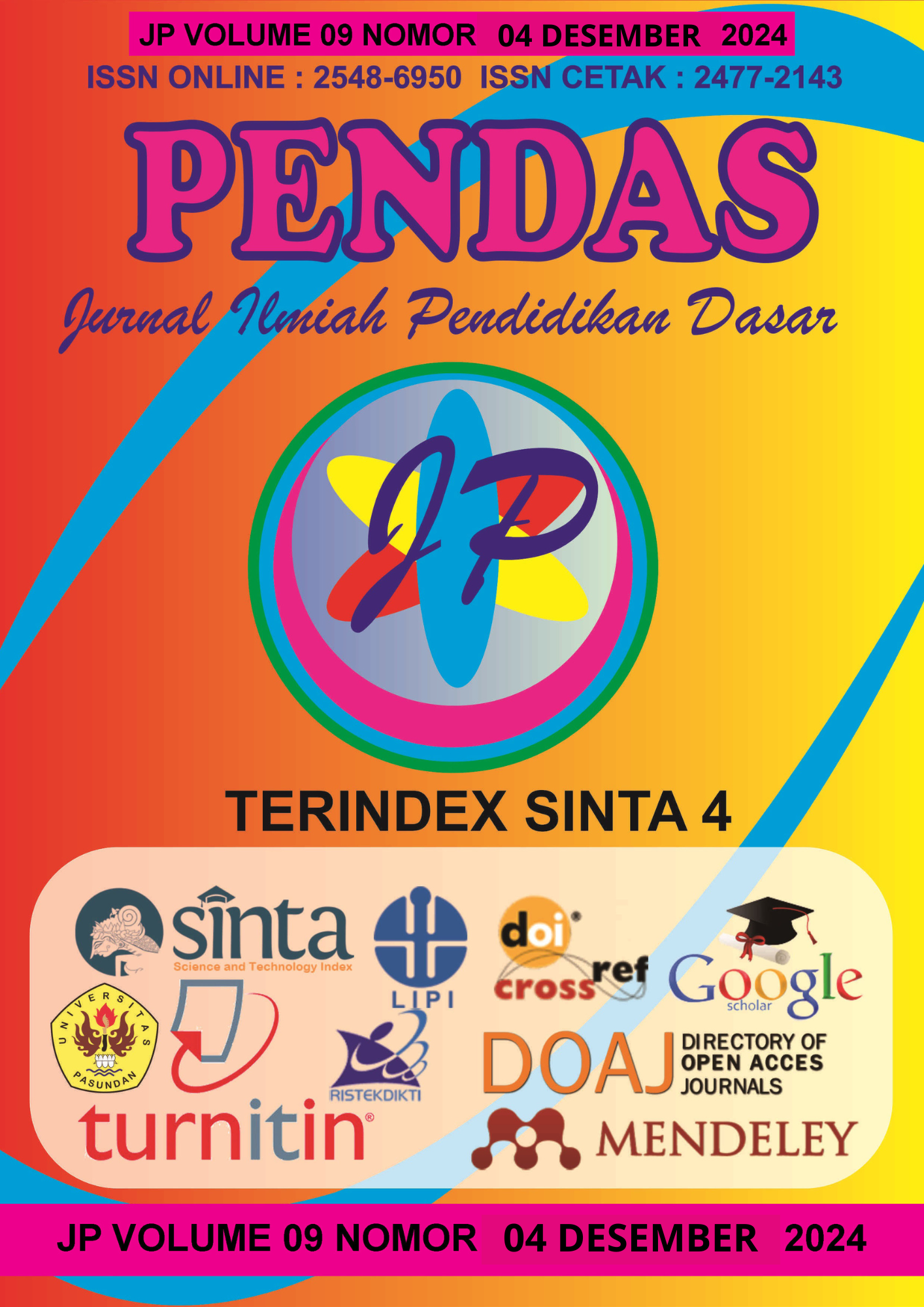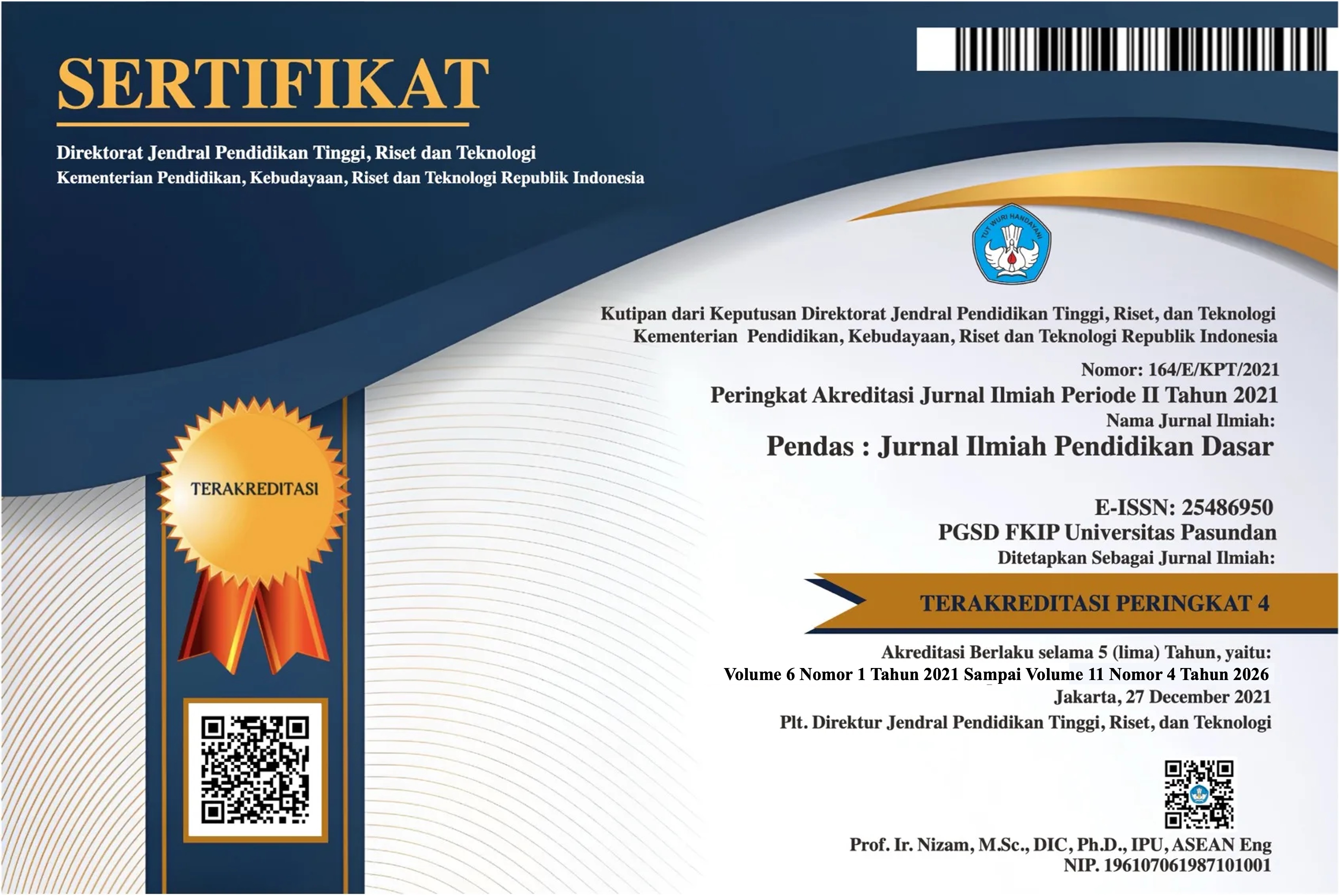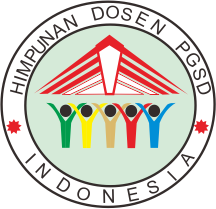PENGARUH MODEL COLLABORATIVE LEARNING TERHADAP MOTIVASI BELAJAR SISWA KELAS 3 SDN 095550 JL.ASAHAN DALAM MATA PELAJARAN MATEMATIKA
DOI:
https://doi.org/10.23969/jp.v9i04.21380Keywords:
Collaborative learning, motivation, grade 3 elementary schoolAbstract
This research aims to describe the effect of implementing the collaborative learning model on students' learning motivation in grade 3 Mathematics at SDN 095550 Jl.Asahan. Collaborative learning emphasizes cooperation between students to solve problems, share knowledge, and help each other in achieving learning goals. Collaborative learning can increase student motivation, engagement and overall learning outcomes. The results of the research show that the collaborative learning model has a positive and significant effect on increasing student motivation in grade 3 Mathematics at SDN 095550 Jl. Asahan. The results of the research can be concluded that the application of the collaborative learning model can be used by students in elementary school mathematics learning to increase student motivation and learning outcomes.Downloads
References
Barkley, E.E., Cross, K. P., & Major, C. H. (2012). Collaborative learning techniques: Teknik-teknik pembelajaran kolaboratif. Penerjemah: Narulita Yusron. Bandung: Penerbit Nusa Media.
Delcourt, M.A.B., Cornell, D.G, & Gildberg, M. D. (2007). Cognitive and affective learning outcomes of gifted elementary school students. The Gifted Child Quarterly; Fall 2007; 51, 4; ProQuest pg. 359.
Johnson, B, & Christensen, L. (2008). Educational and mixed approaches. Third editions. Los Angeles: Sage Production.
Hosnan. (2014). Pendekatan saintifik dan kontekstual dalam pembelajaran abad 21. Bogor: Ghalia Indonesia.
Indaryati, I., & Jailani, J. (2015). Pengembangan media komik pembelajaran matematika meningkatkan motivasi dan prestasi belajar siswa kelas V. Jurnal Prima Edukasia, 3(1), 84-96. doi:http://dx.doi.org/10.21831/jpe.v3i1.4067
Sardiman. (2011). Interaksi & motivasi belajar mengajar. Jakarta: Raja Grafindo Persada.
Moll, L.C. (1990). Vygotsky and education: Insructional implications and applications of sociohistorical Psychology. New York: Press Syndicate of the University of Cambridge.
Muijs, D. (2011). Doing quantitative research in education with SPSS. Thousand oaks: Sage Publications Inc.
Mustadi, A. (2014). Penguatan nilai-nilai karakter melalui learning community: Memantapkan pendidikan karakter untuk melahirkan insane bermoral, humanis, dan profesional.Yogyakarta: UNY Press.
Nayan S, et al. (2010). The practice of collaborative learning among lecturers in Malaysia. Management Science and Engineering; vol.7, No.9; 2010. ISSN 1913-0341: Canadian Research & Development Center of Sciences and Cultures. Diambil pada tanggal 24 Agustus 2014 dari http://search.proquest.com/docview/6134 24353?accountid=31324
Sardiman. (2011). Interaksi & motivasi belajar mengajar. Jakarta: Raja Grafindo Persada.
Sato, M. (2012). Mereformasi sekolah (Terjemahan Okamoto Sachie). Tokyo: Pelita/IDCJ.
Woolfolk, A. E & Nicoloch, L.M. (1984). Educational psychology for teachers. Boston: Pearson Education Inc.
Downloads
Published
Issue
Section
License
Copyright (c) 2024 Pendas : Jurnal Ilmiah Pendidikan Dasar

This work is licensed under a Creative Commons Attribution 4.0 International License.



















